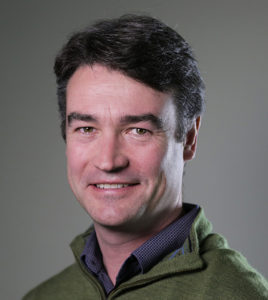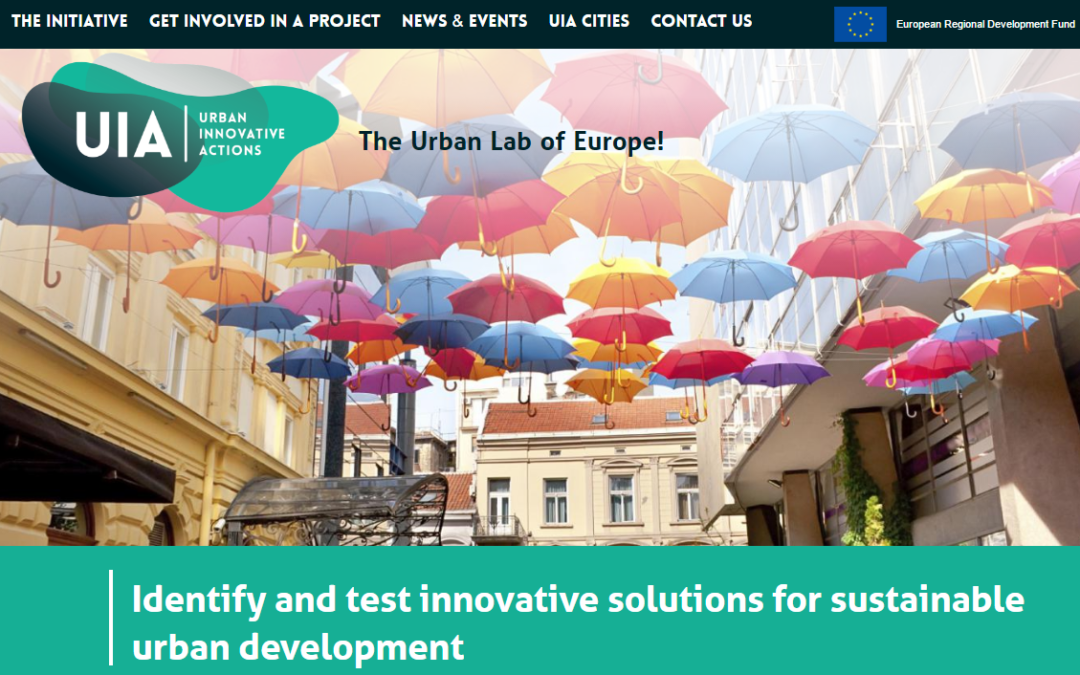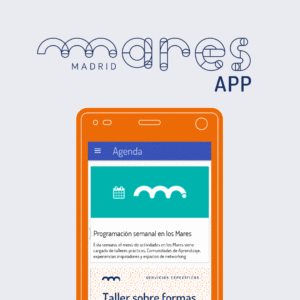Tim Caulfield is the Director of the Urban Innovative Actions Initiative since Septembre 2015. In this interview, he talks about UIA´s main achievements and next steps.

UIA Director, Tim Caulfield
Why is it needed to develop a European Initiative addressing urban areas?
Urban authorities are facing increasingly complex challenges. UIA was designed to complement mainstream funding and support innovative activities that are too risky to fund otherwise; to test bold ideas in a real urban setting; ideas that have a potential to radically change the way urban challenges are tackled.
What is it social innovation for UIA? How can you measure it?
UIA projects on social innovation are aligned with the definition of “new solutions…that simultaneously meet a social need… and lead to new or improved capabilities and relationships and better use of assets and resources” (Social Innovation: A 2012 report by TEPSIE, Young Foundation). So projects go beyond traditional social policies is ensured by the collective contribution of all partners. The capacity to define and measure meaningful results is a UIA selection criteria and a key operational challenge. UIA projects on social innovation are trying to be innovative also in this, testing new monitoring and evaluation approaches for example, mixing Randomised Control Trial techniques with ethnographic research in deprived neighbourhoods or training citizens evaluation to assess the level of integration of a new centre for refugees in their district.
The first UIA call is near to finish. So far, are you satisfied with the results?
Even though the first actual project results are still to be evaluated, I am extremely pleased with the initial achievements that can be seen on 3 levels. Improved conditions for target groups: evaluations of some of the social innovation projects show a substantial improvement of the conditions of the target groups; new local partnerships being shaped: NGOs, research institutions, private actors, citizens associations, start-ups etc. are all testing a new geometry of relationship, all contributing with their intelligence and capacity but all sharing the risk and difficulties; new capacities being developed: through UIA, urban authorities are enriching and increasing their capacity to face complex challenges and making a real investment in their human resource
UIA Initiative was created on September 2015. Since then, what are its main achievements?
Since 2015, we have launched 4 calls for proposals, received and evaluated 943 projects from 26 Member States on 12 topics. Over 250 urban authorities have been involved in each call with circa 7 partners per project. This has really shown the demand for such a European Initiative and for adapted funding mechanisms to support innovation in cities. Currently 75 projects are supported delivering exciting results and capturing important knowledge that can be shared across cities and eventually taken-up.
What are the next steps for UIA? Are you going to add some new topics?
In September we are launching our 5th and last call for proposals for this period. Two new topics are introduced, culture and cultural heritage and demographic change as well as two previously supported topics of circular economy and air quality. We will also be working hard on helping our projects deliver and generate interesting results and knowledge that we will disseminate so that as many interested organisations can benefit from the lessons learned. Finally, a new Initiative is under construction for the future that will build-on the work we have undertaken here. So exciting times!


